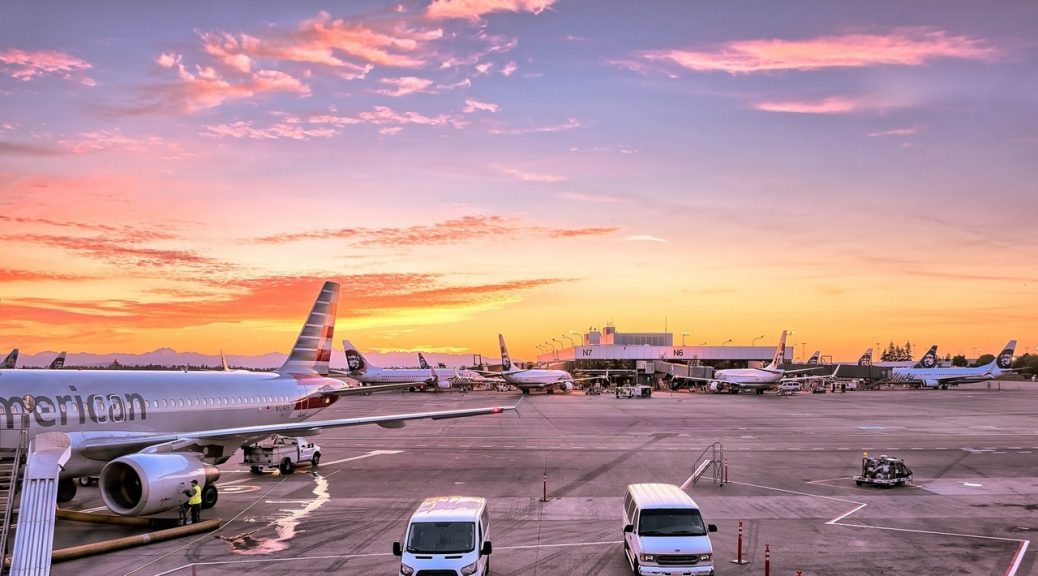We’ve talked before in this blog about the importance of our industry embracing digitisation. As a sector, air cargo has lagged behind when it comes to technological innovation – and in a business that is so dependent on complex processes this is a reluctance that is threatening to hold us back. A single shipment can produce over 30 different pieces of paper – clogging the system, wasting resources and creating a huge opportunity for human error to creep in.
An ambitious goal
IATA’s 100 per cent e-freight vision has been a real focal point for those of us in the industry who are keen to increase the amount of digitisation in our systems and processes. The e-freight vision is to eliminate paper from a wide range of points in the shipment journey, and the introduction of e-airway bills (e-AWB) has got off to an impressive start. Usage finally broke the 50% mark back in June – but it still remains a long way off IATA’s 62% target for this year.
Benefits for all
A recent session, hosted by IATA’s Cargo Network Services (CNS) in Seattle, was an encouraging development however. The event featured a number of speakers who talked about the benefits of switching to e-AWB, even for smaller and medium-sized operators – the big message was that the benefits of better customer experience, improved data and less costs associated with couriering paper documents mean that e-AWB makes sense for most.
The event also came on the back of news that both Seattle and San Francisco airports will be adopting e-AWB as their preferred method of shipping air cargo in the near future.
The right course
Ignazio Coraci comments: “It’s a really encouraging sign to see how the industry is embracing the e-AWB. We’re still a long way away from the tough targets set by IATA, but the events in Seattle show that we’re heading in the right direction. It’s vital now that as an industry we continue to move towards a more digitised future together, and all the advantages that it will bring.”


